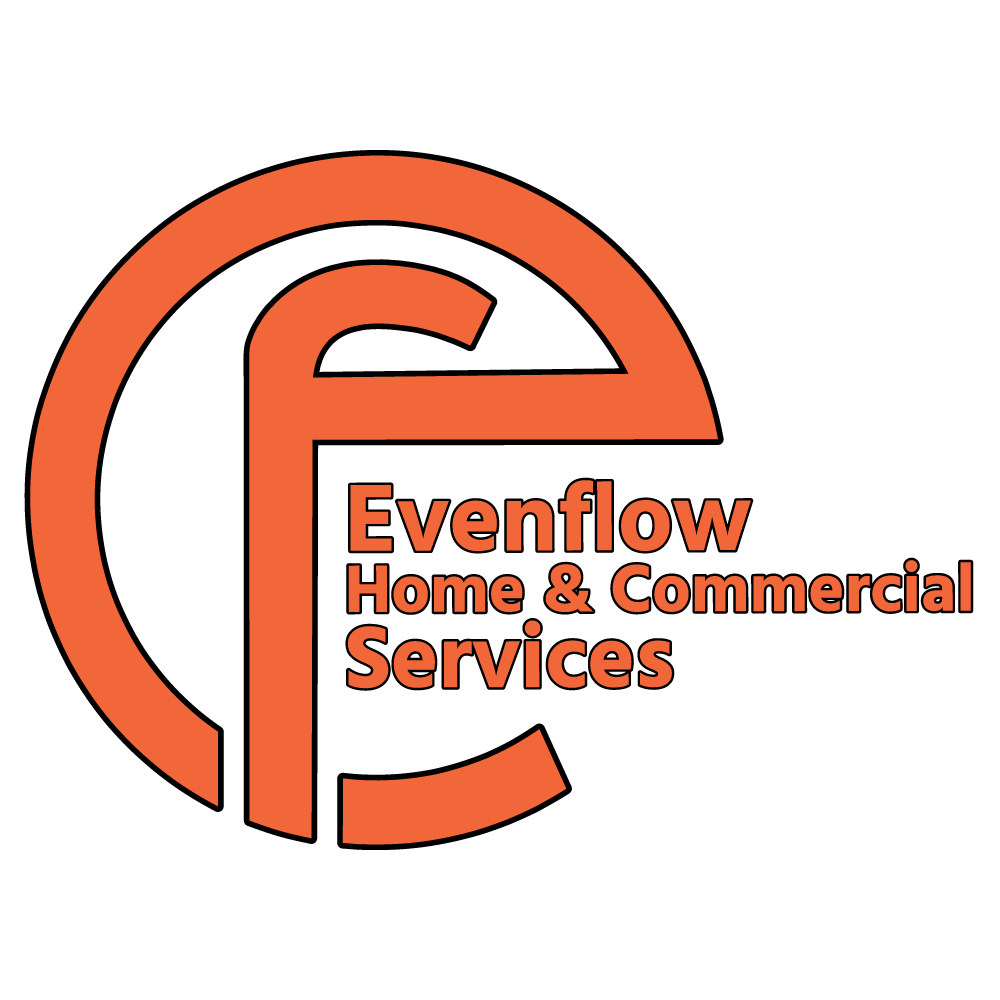Healthy Pipes, Healthy Home: Why Sewer Line Inspections Matter
Regular inspections keep pipes in optimal condition, reducing the risk of leaks, blockages, and structural failures.
A well-maintained sewer system supports a healthy home by preventing backups, foul odors, and costly damage. Regular inspections keep pipes in optimal condition, reducing the risk of leaks, blockages, and structural failures. Addressing minor concerns prevents more significant, more expensive problems, protecting property and the well-being of those inside.
Recognizing the Need for Sewer Line Inspections
Early signs of sewer trouble develop gradually and often go unnoticed until a significant concern arises. Slow drainage, frequent backups, and unexplained odors suggest potential blockages or pipe deterioration. Gurgling sounds in drains or water pooling in unexpected areas indicate underlying plumbing concerns. Monitoring these warning signs and scheduling routine inspections prevent more extensive damage.
Tree roots frequently invade sewer lines, seeking moisture and nutrients. Older clay or cast-iron pipes are particularly vulnerable to root infiltration, leading to cracks, obstructions, and potential collapse. Regular evaluations detect root intrusion before severe damage occurs, allowing for targeted maintenance solutions.
The Role of Professional Sewer Inspections
Modern diagnostic technology makes sewer line assessments more accurate and efficient. Camera inspections provide a detailed view of blockages, leaks, and structural damage without invasive digging. Hydrostatic testing detects leaks by analyzing pressure levels within the system. These tools help pinpoint specific problem areas, allowing for precise and practical solutions that minimize unnecessary disruptions.
Smoke testing offers another non-invasive method for identifying sewer line weaknesses. Non-toxic smoke is introduced into the pipes, revealing cracks or openings where sewer gas may escape. Detecting these vulnerabilities before they worsen prevents unexpected failures and costly repairs.
Preventing Major Plumbing Failures
Routine sewer line inspections reduce the likelihood of sudden plumbing emergencies. Identifying minor cracks, accumulating debris, or pipe corrosion early allows for prompt repairs before significant damage occurs. A proactive approach keeps plumbing systems operating smoothly and minimizes the risk of disruptive sewer line failures.
Preventative maintenance extends the life of a plumbing system. Identifying minor blockages, buildup, or corrosion before structural damage develops allows for targeted interventions. Proactive assessments improve sewer efficiency, preventing slow drainage and reducing the likelihood of costly emergency services.
Trenchless Inspection and Repair Solutions
Traditional sewer inspections and repairs often required extensive excavation, leading to significant property disruption. Trenchless techniques allow for minimal-invasion solutions that maintain landscape integrity while restoring sewer functionality. Cured-in-place pipe (CIPP) lining and pipe bursting techniques repair or replace damaged lines without requiring excessive digging.
CIPP lining involves inserting a resin-coated liner into an existing pipe, forming a smooth, durable interior surface. Pipe bursting replaces old pipes by breaking apart the damaged line while installing a new one. These modern solutions address sewer line issues efficiently while minimizing downtime and landscape damage.
Maintaining Sewer Health Through Preventative Care
Routine maintenance prevents major sewer system failures. Professional drain cleaning removes accumulated debris before blockages form. Installing root barriers discourages tree roots from invading sewer pipes. Responsible waste disposal practices, such as avoiding grease and non-biodegradable materials, keep pipes functioning efficiently.
Chemical treatments help deter root growth without causing harm to surrounding vegetation or pipes. Regular inspections and scheduled cleaning keep sewer systems in peak condition. Educating occupants on proper drain usage minimizes unnecessary strain on plumbing infrastructure and reduces the likelihood of preventable blockages.
Sewer Line Inspections and Property Value
A well-maintained sewer system adds value to a property by demonstrating responsible upkeep and long-term infrastructure planning. Potential buyers appreciate updated, well-documented plumbing systems that reduce the risk of unexpected maintenance costs. Regular sewer inspections provide confidence in the integrity of a property’s wastewater management system.
Municipal regulations frequently require properties to comply with wastewater management standards. Routine inspections confirm compliance and prevent potential fines or required corrective actions. Upgrading aging sewer lines before a property sale increases its market appeal and supports a higher valuation.
Environmental Benefits of Proper Sewer Maintenance
Proactive sewer maintenance contributes to environmental sustainability. Leaking or failing sewer lines can contaminate groundwater, leading to health risks and ecological damage. Modernized sewer systems reduce leaks and improve wastewater management, supporting cleaner communities and reducing the risk of pollution.
Upgrading to high-density polyethylene (HDPE) or polyvinyl chloride (PVC) pipes enhances sewer system efficiency and increases durability. These materials resist corrosion and root intrusion, reducing the need for frequent maintenance and lowering environmental impact.
Adapting to Innovations in Sewer Line Inspections
Advancements in sewer inspection technology continue to improve plumbing efficiency and reliability. Artificial intelligence and machine learning help diagnose weak points in sewer infrastructure, allowing for more predictive maintenance. Smart sensors provide real-time monitoring, alerting professionals to potential concerns before they become more significant failures.
Integrating eco-friendly solutions into sewer line maintenance reduces the need for harsh chemical treatments and supports long-term infrastructure sustainability. Modern plumbing strategies prioritize efficiency, environmental responsibility, and cost-effectiveness for long-term property management.
Regular sewer line inspections protect homes, maintain plumbing efficiency, and prevent costly emergency repairs. Proactive maintenance strategies, innovative diagnostic tools, and modern repair solutions contribute to a well-functioning sewer system. Investing in routine inspections promotes long-term property value, safeguards infrastructure, and supports environmental sustainability.

